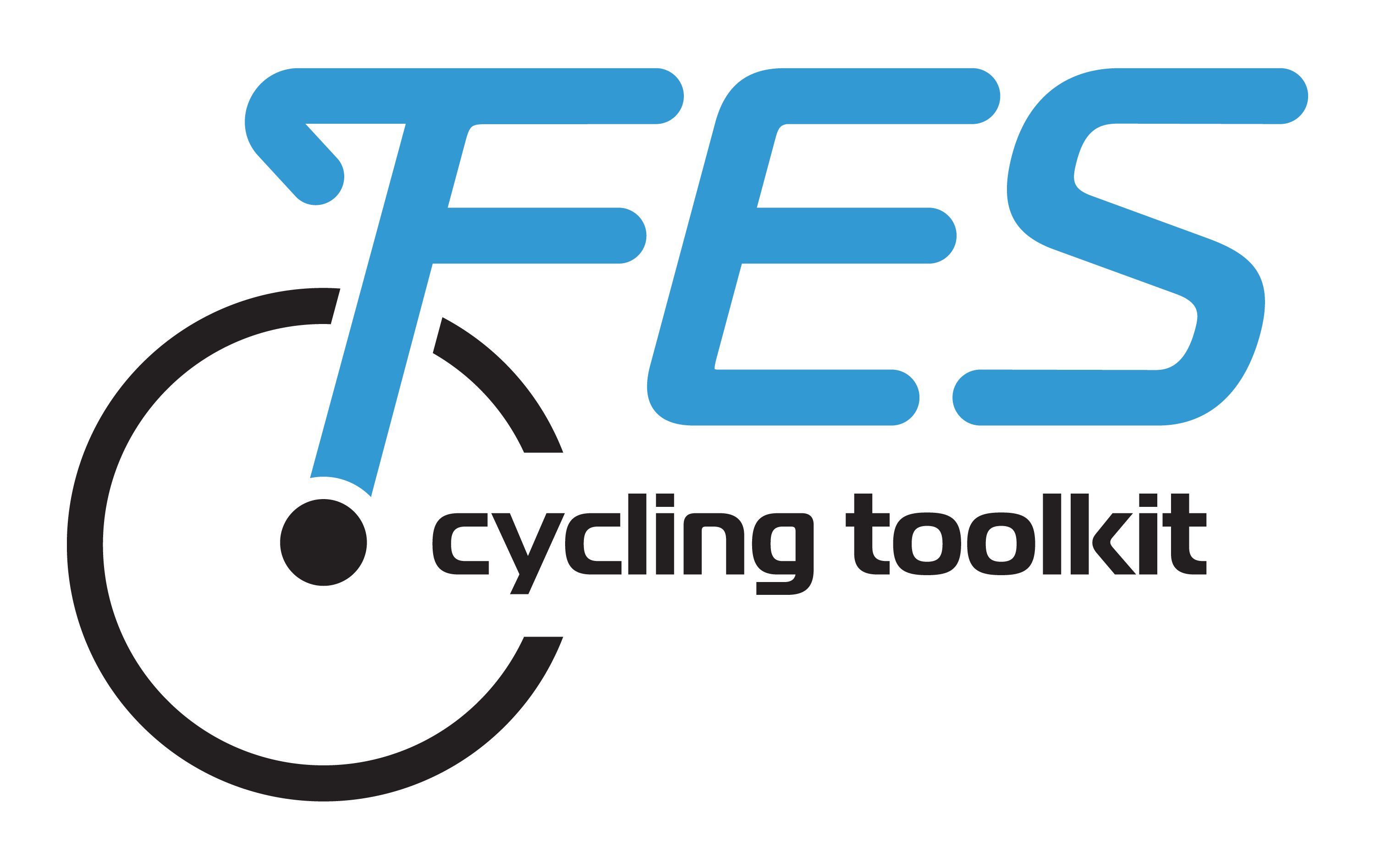Is FES cycling the right choice for me?
I found there to be some mental health benefits to doing it too. Just not only, you know, the potential for more physical recovery, but for me, just feeling like I was doing something or there was something to offer that could help with my recovery was helpful.
- FES cycling user
Functional electrical stimulation (FES) cycling should aways be performed according to established guidelines, using the right safety precautions. You should consult with a health care provider to set up the bike and FES settings at these times:
- Before you start the program
- If you want to progress (example: increase the resistance, change the stimulation settings)
- If you restart the program
- If you change from one bike model to another
What are the reasons I should try FES cycling?
Functional electrical stimulation cycling is an effective way to improve or prevent some of the problems you could experience after spinal cord injury. You can consider using FES cycling to address these conditions or problems:
- Loss of muscle mass
- Reduced leg strength or power
- Muscle or joint tightness (spasticity or contractures)
- High or unfavorable body fat percentage or body mass index
- Loss of bone mineral density
- Perceived poor quality of life, low self esteem or reduced sense of wellbeing
- Reduced physical endurance or lung function
- Poor blood sugar control
- Excessive fatigue
- Swelling
- Pain
What are the reasons I might need to avoid FES cycling?
With these conditions, you might be able to try FES cycling, but you need to ask your medical doctor first. If you have any of the conditions below, doing FES cycling could increase the chance you might get injured, make a current health condition worse, or it may mean that FES cycling is not right for you.
DO NOT engage in an FES cycling program (unless you have had clearance from your medical doctor) for these reasons. They are listed in order from the lowest risk of injury to the highest risk of injury:
| Absolute contraindications | Description | Severity |
|---|---|---|
| Complete rotator cuff tear | This applies to arm cycling only. | |
| Pressure ulcers in buttocks or legs | This may depend on the severity of the sores and what precautions the health care providers are able to take. | |
| Cardiac demand pacemaker (if applied to thoracic wall) | Consult your medical doctor first. Details are provided in the pop out box within the health care provider toolkit. | |
| Fractures | It could increase the bleeding and pain around the fracture site and other complications. This applies to recent lower limb fractures or unstable fractures (past 6 months), fragility fractures, long bone, or pelvic fractures. | |
| Pregnancy | It has not been tested in pregnant women. |
With these conditions, I can try FES cycling, but proceed with caution
Proceed carefully with FES cycling if you have any of the conditions listed below, make sure that you speak with your healthcare provider and continue to closely monitor your response to FES cycling.
These are precautions to FES cycling ranked in order from least to most harmful:
| Precautions | Description | Severity |
|---|---|---|
| Lower motor neuron involvement | Lower motor neuron injury, no spinal reflexes, degenerative neurological diseases, or total denervation, where FES will not work. Also, flaccid paralysis in response to FES. | |
| Difficulties understanding, communicating, or have symptoms of severe depression, anxiety or cognition | Make sure that everyone involved with FES cycling fully understands what they need to do. If you don’t feel like cycling today, you can always decrease the session time, or try something else. | |
| Active infectious disease | This may depend on the severity and area the disease affects. | |
| Muscle or joint stiffness that prevent you from being able to pedal the bike | Muscle or joint stiffness that allows you to pedal the bike may not be a problem. | |
| Heterotopic ossification | This is severe joint calcification. Consult with your health care provider about the settings of the stimulation and the bike, as well as bike adjustments. FES should be away from the site. | |
| Metal implants (screws, pins, plates, some total joint replacement hardware) | If these are newly placed. | |
| Uncontrolled pain or a diagnosis of complex regional pain syndrome (CRPS) | Decide if the pain is too much for you to cycle. You can consider reducing the length of the session, trying another exercise, or taking a rest day. | |
| Bone growth plates are active | Do not put electrodes on over broken skin. You may need to consider changing the pads, stimulation parameters, or something else. Consult your health care provider about how to modify the treatment. | |
| Allergic reaction, skin disease, or skin sensitivity to electrodes or FES | ||
| Previous dislocations or unstable knees | You could have difficulty maintaining alignment when pedalling depending on how unstable your knees are. | |
| Epilepsy or have had seizures in the past | It could increase symptoms, in rare cases. | |
| Less severe pressure injury | This depends on the severity of the sores and what precautions the health care providers are able to take. | |
| Diseases of bone metabolism | Some examples are osteoporosis and diseases or medications known to affect bone metabolism. Also if you have a Dual Xray absorptiometry T-score less than -2.5. | |
| Autonomic dysreflexia (AD) | If it occurs frequently or severely, you should have someone with you. Rare or mild occurances may not be a problem depending on what your health care provider recommends. Do not engage in FES cycling if electrical stimulation triggers autonomic dysreflexia for you. | |
| Hypertension (uncontrolled) | Understand what high blood pressure is for you. This may be different than typical values. Exercise will increase your blood flow and blood pressure. If you take blood pressure medication regularly with supervision by a doctor this does not apply to you. | |
| Regenerating nerves in the treatment area | Avoid the area. | |
| Taking some types of steroid medications for long periods of time | Consult your medical doctor. | |
| Clotting or bleeding disorder | Consult your medical doctor. | |
| Severe diabetes, uncontrolled blood sugars or untreated thyroid disease | Consult your medical doctor. | |
| Current cancer in the lower limbs, at the level of T6 and below | Consult with an oncologist. | |
| Cardiovascular disease | Exercise will increase your blood flow and blood pressure. Some examples of this type of disease are: chronic arterial disease, unstable cardiovascular disease, uncontrolled arrhythmia, angina, or congestive heart failure. | |
| Clot, especially in the legs | The clot could travel with increased movement and blood circulation. This includes a recent, untreated venous thromboembolism (within past 3 months) or current deep vein thrombosis or pulmonary embolism. |

